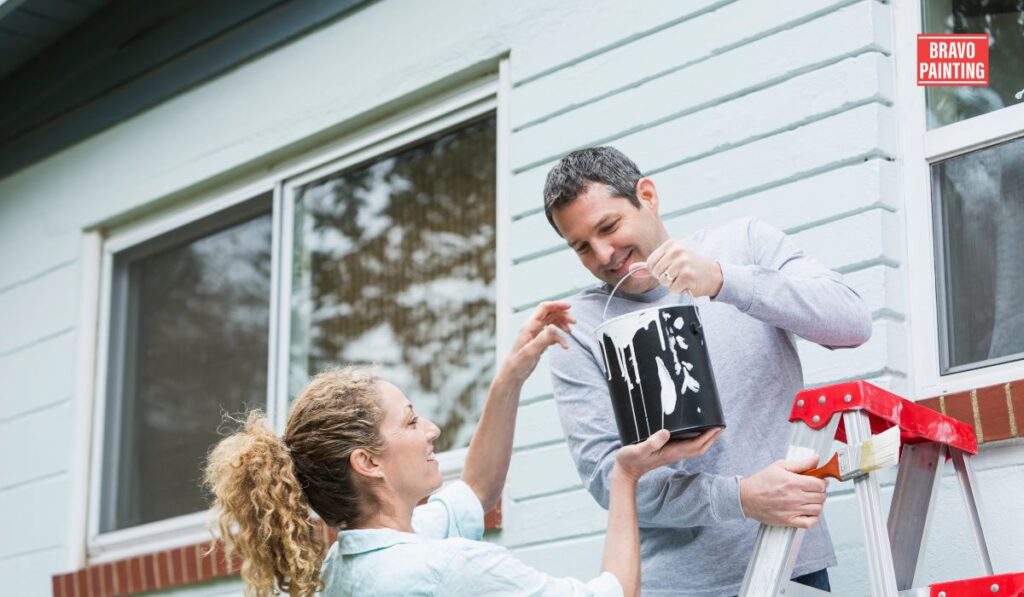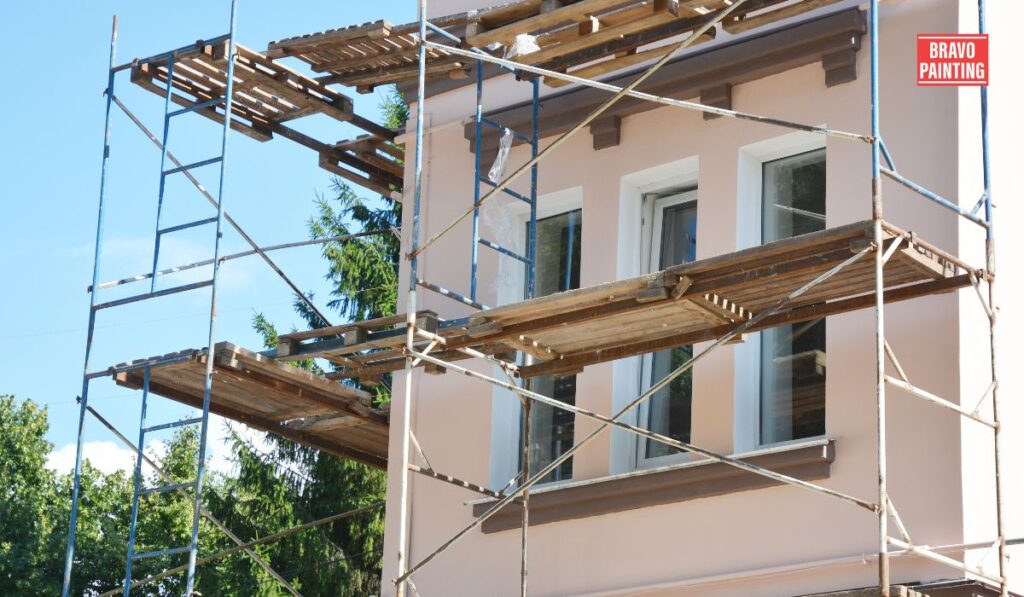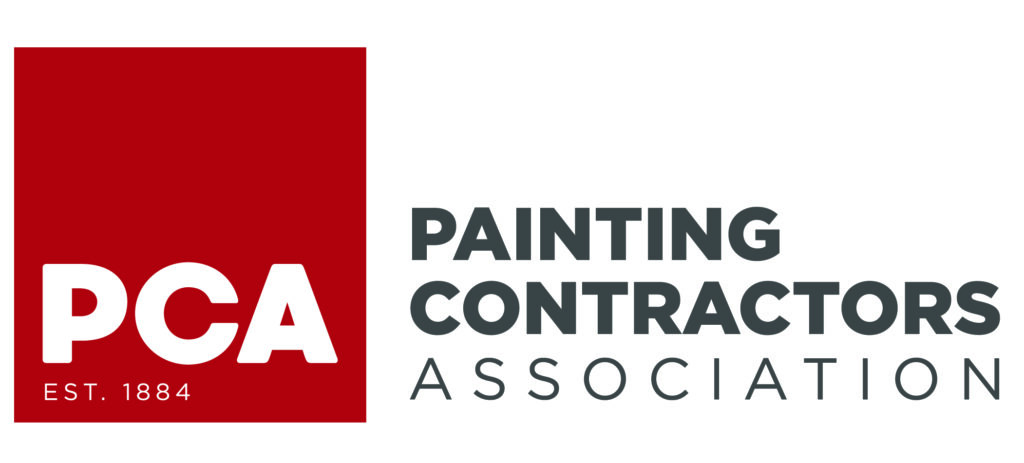Painting the exterior of your house is a significant investment in both time and money.
To achieve the best results, it’s crucial to choose the right time of year for this project.
Various factors, including weather conditions, temperature, and humidity, can influence the outcome of your painting efforts.
Here’s a comprehensive guide on when to paint the exterior of your house to ensure a durable and beautiful finish.
Understanding the Ideal Conditions
Temperature:
- Optimal Range: The best temperature range for painting is typically between 50°F and 85°F (10°C and 30°C). Most paints recommend this temperature range on their labels.
- Consistency: Consistent temperatures are crucial.
Avoid times when temperatures fluctuate drastically between day and night, which can cause the paint not to adhere correctly or dry unevenly.
Humidity:
- Low Humidity: High humidity levels can slow down the drying process, leading to potential issues like blistering or an uneven finish.
Aim for humidity levels between 40% and 70%.

- Morning Dew and Rain: Plan your painting project when rain is not forecast and morning dew has evaporated, as moisture can hinder the paint’s ability to dry properly.
Sunlight:
- Indirect Sunlight: Direct sunlight can cause the paint to dry too quickly, leading to cracks and peeling.
Ideally, paint on a day with partial cloud cover or start painting on the side of the house that is in the shade.
Seasonal Considerations
Spring:
- Pros: Moderate temperatures and low humidity in late spring can create ideal painting conditions.
- Cons: Early spring can still have fluctuating temperatures and unexpected rain showers, which might delay the painting process.
Summer:
- Pros: Long daylight hours and stable weather patterns provide ample time for painting and drying.
- Cons: High temperatures, especially in mid-summer, can cause paint to dry too fast, leading to blistering. Additionally, humidity can be an issue in some regions.
Fall:
- Pros: Early fall often offers consistent, mild temperatures and lower humidity levels, making it an excellent time for exterior painting.
- Cons: As fall progresses, temperatures can drop quickly, and there might be more precipitation, limiting the painting window.
Winter:
- Pros: If temperatures remain within the optimal range, some exterior painting can be done in regions with mild winters.
- Cons: Winter is generally not ideal due to low temperatures and high moisture levels, which can severely impact the drying process and paint adhesion.
Regional Considerations
Different geographic locations have varying climates, which can affect the best time for exterior painting:
Northern Regions:
- Best Time: Late spring to early fall.
- Considerations: These regions experience colder winters and shorter summers, so plan to paint when temperatures are most stable.
Southern Regions:
- Best Time: Fall and early spring.
- Considerations: Avoid the extreme heat and humidity of summer months.
Coastal Areas:
- Best Time: Late spring to early fall.
- Considerations: Coastal areas often have higher humidity levels, so choose days with lower humidity to paint.
Mountainous Areas:
- Best Time: Summer.
- Considerations: Higher elevations can have cooler temperatures and unpredictable weather, even in summer.
Practical Tips for a Successful Exterior Painting Project
Monitor the Weather: Keep an eye on the weather forecast and avoid painting when rain or high winds are expected within 24 hours.
Surface Preparation: Properly clean and prep the surfaces to be painted. Remove dirt, mold, and peeling paint, and sand rough areas.
Quality Paint and Tools: Invest in high-quality exterior paint and tools. Quality products are designed to withstand the elements and provide a longer-lasting finish.

Follow Manufacturer Guidelines: Adhere to the paint manufacturer’s recommendations regarding temperature, humidity, and application techniques.
Test a Small Area: Before committing to painting the entire exterior, test a small area to ensure the paint adheres well and dries correctly.
Additional Considerations for Exterior Painting
Choosing the Right Paint Type:
- Latex vs. Oil-Based Paints: Latex paints are water-based, dry faster, and are easier to clean up, while oil-based paints are more durable and provide a smoother finish but take longer to dry.
- Finish Options: Decide between flat, satin, semi-gloss, or gloss finishes. Glossy finishes are more durable and easier to clean but can highlight imperfections, while flat finishes hide flaws but are less resistant to dirt and mildew.
Using Proper Techniques:
- Brushes and Rollers: Use high-quality brushes and rollers designed for exterior use to ensure even coverage and durability.
- Spraying: For larger areas, consider using a paint sprayer for a smoother finish and faster application.
Safety Precautions:
- Ladders and Scaffolding: Ensure you use sturdy ladders or scaffolding and follow all safety guidelines to prevent accidents.
- Protective Gear: Wear appropriate protective gear, including gloves, masks, and goggles, to safeguard against fumes and splatters.
Timing and Scheduling:
- Plan Ahead: Schedule your painting project well in advance to ensure you have a good window of suitable weather.
- Work in Sections: Break the project into manageable sections to avoid feeling overwhelmed and to ensure you can complete each section before adverse weather affects the work.
Conclusion
Choosing the best time to paint the exterior of your house involves considering temperature, humidity, and regional climate conditions.
Late spring to early fall is generally ideal for most regions, but always monitor the weather closely and follow best practices for surface preparation and paint application.
By painting under optimal conditions and following these additional tips, you’ll ensure a durable and aesthetically pleasing finish that will protect your home for years to come.
For professional advice and quality painting services, visit Bravo Painting.
Their team of experts can help you achieve the best results for your home’s exterior.
FAQs
What is the optimal temperature range for painting the exterior of a house?
The best temperature range for exterior painting is typically between 50°F and 85°F (10°C to 30°C). Most paint manufacturers recommend this range on their labels. Consistent temperatures within this range help the paint adhere properly and dry evenly.
Why is it important to avoid drastic temperature fluctuations?
Drastic temperature fluctuations between day and night can cause the paint not to adhere correctly or dry unevenly, leading to potential issues like cracking and peeling.
How does humidity affect exterior painting?
High humidity levels can slow down the drying process, leading to problems like blistering or an uneven finish. The ideal humidity levels for painting are between 40% and 70%. It’s also important to avoid painting when there is morning dew or rain in the forecast.
Should I paint in direct sunlight?
It’s best to avoid painting in direct sunlight, as it can cause the paint to dry too quickly, resulting in cracks and peeling. Aim to paint on a day with partial cloud cover or start on the shaded side of the house.
What are the pros and cons of painting in the spring?
- Pros: Late spring often offers moderate temperatures and low humidity, creating ideal conditions for painting.
- Cons: Early spring can have fluctuating temperatures and unexpected rain showers, which might delay the project.
What should I consider when painting in the summer?
- Pros: Summer provides long daylight hours and stable weather patterns.
- Cons: Mid-summer heat can cause paint to dry too quickly, leading to blistering. High humidity can also be an issue in some regions.
Is fall a good time for exterior painting?
- Pros: Early fall typically has consistent, mild temperatures and lower humidity, making it an excellent time for painting.
- Cons: As fall progresses, temperatures can drop quickly, and there might be more precipitation, limiting the painting window.
Can I paint the exterior of my house in the winter?
- Pros: In regions with mild winters, painting can be done if temperatures remain within the optimal range.
- Cons: Winter is generally not ideal due to low temperatures and high moisture levels, which can severely impact the drying process and paint adhesion.
How do regional climates affect the best time to paint?
- Northern Regions: Late spring to early fall is best, as these areas experience colder winters and shorter summers.
- Southern Regions: Fall and early spring are ideal, avoiding the extreme heat and humidity of summer.
- Coastal Areas: Late spring to early fall is preferable due to higher humidity levels; choose days with lower humidity.
- Mountainous Areas: Summer is best, as higher elevations can have cooler temperatures and unpredictable weather even in summer.
What are some practical tips for a successful exterior painting project?
- Monitor the Weather: Avoid painting when rain or high winds are expected within 24 hours.
- Surface Preparation: Clean and prep surfaces by removing dirt, mold, and peeling paint, and sand rough areas.
- Quality Paint and Tools: Use high-quality exterior paint and tools designed to withstand the elements.
- Follow Manufacturer Guidelines: Adhere to the paint manufacturer’s recommendations regarding temperature, humidity, and application techniques.
- Test a Small Area: Ensure the paint adheres well and dries correctly before painting the entire exterior.
What type of paint should I choose for exterior painting?
- Latex vs. Oil-Based Paints: Latex paints dry faster and are easier to clean up, while oil-based paints are more durable and provide a smoother finish but take longer to dry.
- Finish Options: Glossy finishes are more durable and easier to clean but highlight imperfections. Flat finishes hide flaws but are less resistant to dirt and mildew.
What techniques should I use for painting the exterior?
- Brushes and Rollers: Use high-quality brushes and rollers designed for exterior use to ensure even coverage and durability.
- Spraying: Consider a paint sprayer for more extensive areas for a smoother finish and faster application.



